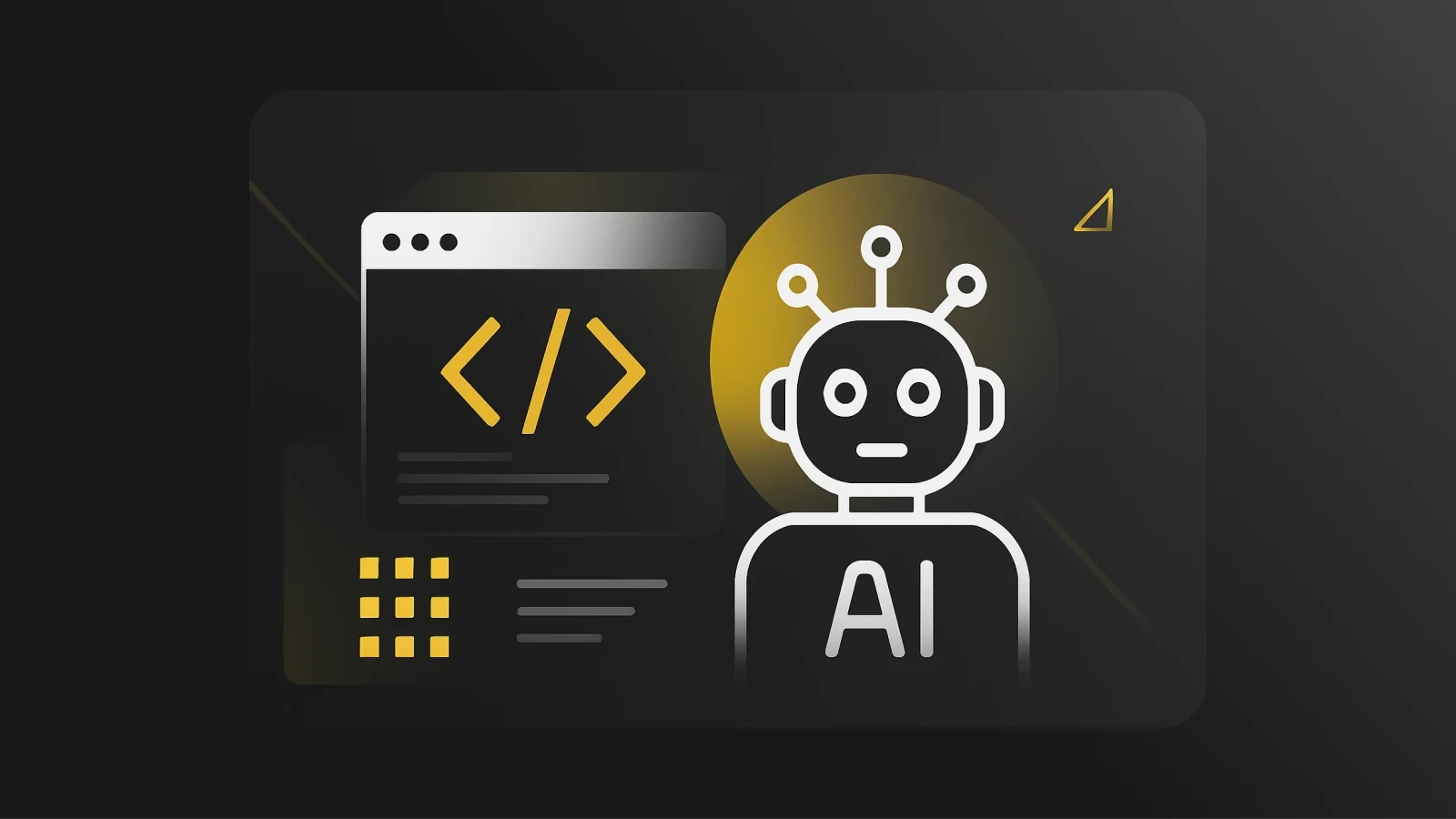How to evaluate AI: a practical guide for building trustworthy systems
AI systems don't behave like traditional software, so they shouldn't be evaluated like it. Learn how to assess accuracy, safety, reliability, and usability in real-world workflows, plus how Pieces helps teams track what matters.
As AI systems become more powerful and widespread, one of the biggest challenges isn’t building better models – it’s knowing how to evaluate them well.
Traditional software testing is clear-cut: inputs go in, and you check if outputs match expectations.
But with AI, it’s more complex.
You’re dealing with probabilities, emergent behaviors, and use cases that often defy a simple pass/fail test.
The evaluation challenge
Conventional software testing is all about determinism. Feed the app some inputs, and it should produce the same outputs every time. The entire behavior space is well-defined, so it’s easy to cover with tests.
AI doesn’t play by those rules.
The same prompt might give you different responses depending on the day. And what counts as a “correct” answer?
That’s often fuzzy.
Consider how OpenAI’s ChatGPT handles factual vs. conversational requests.
Accuracy
Yes, accuracy still matters but it’s more nuanced.
In language models, you’re checking logic, facts, and tone.
In recommendation systems, accuracy might mean engagement rates, not just click-throughs. And "right" can vary by audience or context.
Reliability
How does the model hold up across edge cases, different input types, or over time? You want models that don’t break the moment they meet ambiguity or variation.
NIST’s AI Robustness Framework is a helpful guide here.
Safety
Bias, toxicity, hallucination – these are real risks. Safety testing checks for unintended consequences, especially in sensitive domains like healthcare or finance.
Constitutional AI shows one approach to building safety into models.
Usability
Even accurate systems are useless if they’re confusing or burdensome to use. Usability is about how helpful, intuitive, and empowering the AI feels in real-world workflows.
Evaluation methodologies
Use benchmarks for quick, reproducible comparisons. But remember: they’re not the full picture.
Hugging Face’s Leaderboard is great for baseline comparisons, but real-world use often tells a different story.
Sometimes only a human can judge creativity, nuance, or tone. This adds richness to evaluations but also bias, cost, and inconsistency.
OpenAI’s human preference tuning is a prime example of where this shines.
Try to break the model on purpose. Red teaming, prompt injection, and edge-case testing all help uncover vulnerabilities before real users do. Read about Anthropic’s adversarial testing protocol.
The other part is that the best tests happen post-launch. User feedback, engagement trends, and error logs all tell you what’s really going on. Make sure your system learns from that data.
The measurement problem
Quantitative metrics
Numbers are easy to track and compare, but they can be misleading if they oversimplify. Be careful not to over-optimize for a narrow score and lose sight of holistic quality.
Qualitative assessment
Subjective reviews help you evaluate appropriateness, tone, or creativity. But they’re harder to standardize. Learn from Google’s UX principles for AI.
Composite evaluation
You’ll rarely have a single metric that tells the whole story. Accuracy, latency, safety, usability, they often trade off. The right composite score depends on your use case and goals.
Context-dependent evaluation
Domain specificity
An AI that works great in one domain (like customer support) may flop in another (like legal or medical). Tailor your metrics and tests to the problem space.
The FDA’s guidelines for medical AI are a good model.
User variability
What works for power users might confuse beginners. Test with a diverse range of users to avoid blind spots.
Cultural and linguistic context
Bias and misalignment can emerge in different languages or cultural settings. Stanford’s research on multilingual bias in LLMs highlights this.
The evolution of evaluation standards
Dynamic benchmarks
Instead of static test sets, think rotating benchmarks and procedurally generated tests to prevent overfitting.
Emergent capability assessment
Some models do surprising things you didn’t plan for. Be ready to spot, test, and evaluate capabilities that weren’t part of the original scope.
Check out ARC’s evaluations of general agent intelligence.
Long-term impact evaluation
Short-term performance doesn’t always predict long-term value. Consider how the system affects workflows, user trust, and decision-making over months or years.
Continuous Monitoring
Evaluation isn’t a one-time gate. Keep tracking performance after deployment. Use automated dashboards, alerts, and human-in-the-loop reviews.
Multi-stakeholder assessment
Bring in different viewpoints: technical leads, designers, domain experts, and end-users. You’ll get a fuller picture of performance.
Risk-based evaluation
Match the evaluation rigor to the risk level. A chatbot for memes needs less testing than one making investment decisions.
The future of AI evaluation
We may eventually use AI to evaluate AI, especially for scalability and speed. Just make sure the evaluators are trustworthy, too.
Expect more guidelines, especially in healthcare, education, and finance. The EU AI Act is leading the way in this space.
Evaluation will become a native part of the dev cycle, not just something you do after training.
Expect tighter feedback loops and evaluation-driven design.
The goal of AI evaluation isn’t just to test systems. It’s to build AI you can trust to think, reason, and act in human contexts.
The better we get at evaluation, the better we’ll be at designing systems that align with real-world values, needs, and expectations.




